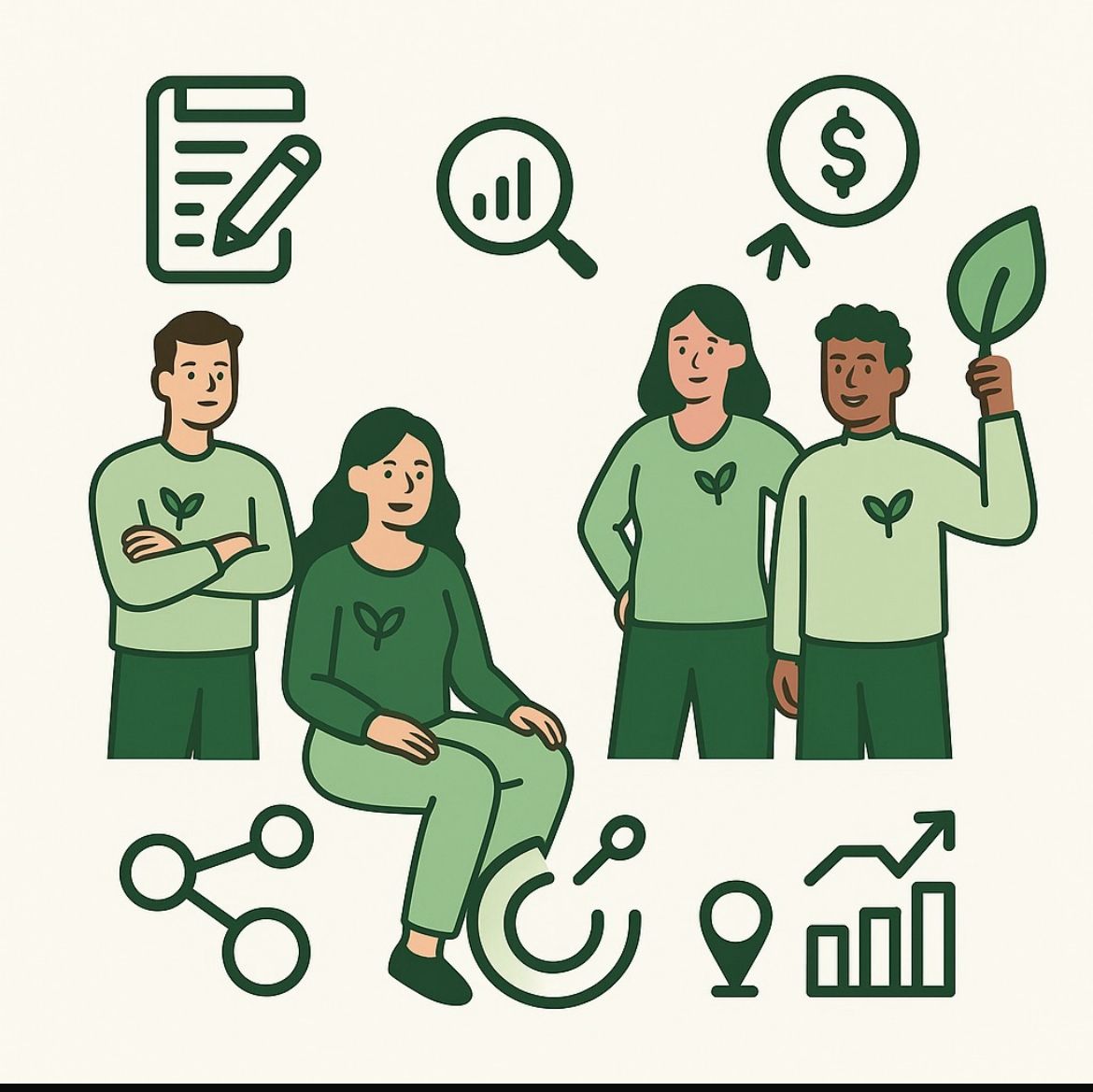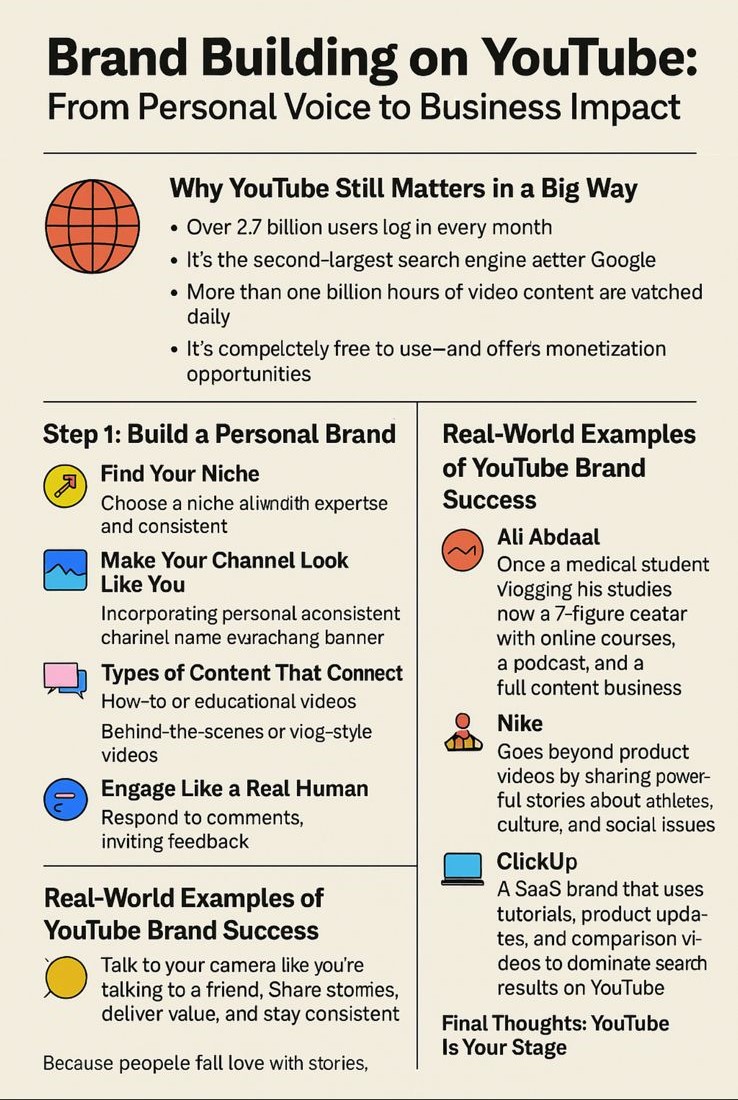Why Sustainable Brands Need a Digital Marketing Strategy in 2025
In 2025, more than 70% of consumers are seeking brands that align with their environmental values. For sustainable businesses, this shift presents a unique opportunity to stand out and grow. But in a crowded digital landscape, having a strong online presence isn’t optional—it’s essential.
This guide provides a comprehensive strategy to market your eco-conscious brand using data-driven and impactful digital marketing techniques. From SEO optimization to local outreach, this is your blueprint for sustainable growth.
1. Define a Green-Focused Digital Strategy
Start by crafting a marketing plan that communicates your brand’s mission and vision clearly.
Clarify your sustainability mission
Are you offering plastic-free products, carbon-neutral delivery, or upcycled fashion?
Identify your audience
Are you targeting Gen Z climate activists, health-conscious parents, or minimalists?
Set measurable goals
For example: increase organic traffic by 30% in 6 months or gain 1,000 newsletter subscribers.
2. Improve Online Visibility with SEO Optimization
Search engine optimization (SEO) is the foundation of digital visibility. Focus on high-impact practices:
- Target niche keywords like "zero-waste skincare" or "organic home decor."
- Improve site speed (under 3 seconds load time) with tools like PageSpeed Insights.
- Use structured data markup to highlight eco-certifications (e.g., Fair Trade, Carbon Neutral).
- Conduct technical SEO audits to fix broken links and optimize crawlability.
3. Leverage Storytelling Through Content Marketing
Content builds trust and communicates your sustainability story.
- Write blog posts like "How Our Supply Chain Reduces 2 Tons of CO2 Annually."
- Create behind-the-scenes videos showing how your materials are sourced.
- Design infographics explaining the environmental benefits of your products.
- Publish consistently to build authority and increase organic search traffic.
4. Connect with Audiences via Social Media Marketing
Engaging content on Instagram, TikTok, and X can drive awareness and community.
- Share milestones like switching to compostable packaging or planting your 10,000th tree.
- Use popular hashtags such as #SustainableLiving and #EcoFriendlyTips.
- Partner with eco-influencers to promote authenticity and expand reach.
5. Drive Quick Results with Pay-Per-Click Advertising
Paid advertising is an effective way to reach new, high-intent audiences fast.
- Launch Google Ads campaigns targeting specific products like "biodegradable yoga mats."
- Use remarketing to re-engage visitors who viewed product pages but didn’t purchase.
- Consider advertising on platforms like Ecosia to stay aligned with your values.
6. Retain Loyal Customers Through Email Marketing
Email campaigns foster ongoing relationships with your most loyal supporters.
- Send bi-weekly newsletters featuring product launches, eco-tips, and exclusive discounts.
- Segment your audience by interests (e.g., zero-waste, vegan, minimalist).
- Use lead magnets such as "10 Ways to Reduce Waste at Home" to grow your list.
7. Discover Opportunities with Keyword Research Tools
Effective keyword research allows you to stay ahead of consumer trends.
- Use platforms like Ahrefs, Ubersuggest, or Google Keyword Planner.
- Focus on long-tail keywords (e.g., "plastic-free skin care routine") with low competition.
- Monitor Google Trends for emerging sustainability topics.
8. Attract Through Inbound Marketing
Inbound marketing attracts users by offering valuable content.
- Offer free resources like downloadable sustainable living guides.
- Create interactive content such as quizzes ("What's Your Eco Personality?").
- Host webinars on topics like "Low-Waste Living on a Budget."
9. Dominate Locally with Local SEO
If your sustainable brand operates locally or ships regionally, use local SEO tactics.
- Optimize your Google Business Profile with green keywords, certifications, and up-to-date photos.
- Encourage satisfied customers to leave positive reviews on Google and Yelp.
- Join directories like Green Pages, Green America, and Eco Business Network.
10. Track Progress with Analytics and KPIs
Data should inform every decision.
- Use Google Analytics and Google Search Console to monitor traffic, conversions, and bounce rates.
- Set green-specific KPIs like visits to eco-product pages or downloads of your sustainability guide.
- Monitor social engagement and email open rates to understand what content resonates.
Case Study: Rapid Growth Through Integrated Strategy
A sustainable fashion brand implemented a targeted digital marketing strategy that included long-tail SEO keywords, educational blog posts, video content, and a low-budget PPC campaign.
- SEO Optimization: The brand focused on niche keywords like "organic cotton shirts" and improved site performance.
- Content Strategy: A blog series about their zero-waste production process increased dwell time.
- PPC Campaign: A $150/month Google Ads budget brought in over 2,000 qualified visitors in six weeks.
- Email Funnel: A free "7-Day Sustainable Closet Guide" helped grow their email list by 38%.
Results after 90 days:
- - 65% increase in organic website traffic
- - 2.4x more email sign-ups
- - 27% increase in monthly sales
Conclusion
Building a strong digital presence in 2025 is vital for any sustainable brand looking to grow and influence. By aligning your marketing strategy with your environmental mission and applying proven techniques like SEO, content marketing, PPC, and analytics, you can build both trust and traction.
Contact us for a personalized digital strategy tailored to your sustainable brand's goals.




.png)
